Survey vs Questionnaire: Differences and Definitions
A questionnaire is used to collect data from a list of questions. It’s not used to look for trends, behavior or a bigger picture. A survey is data collection through a set of questions for the purposes of statistical analysis
A survey involves gathering data to use for analysis and forecasting. As opposed to its questionnaire cousin, the data isn’t analyzed in isolation. Surveys do look for trends, behavior, and the bigger picture.
Here’s another way to put it: A questionnaire is one-purpose data collection through a set of questions. A survey is data collection through a set of questions for the purposes of statistical analysis.
The definition of a questionnaire
Here’s an example of a questionnaire. Flashback to the last time you joined a gym, maybe you went for a health check when you signed up. You would have been asked to answer a list of specific questions about medical history.
That was a questionnaire. The information you provided is used to assess risk, help with diagnoses and paint a picture of your medical history. It’s not used to look for trends, behavior or a bigger picture.
The definition of a survey
Think of a survey as a major project, aimed at using data to reach informed conclusions. Yes, that’s right – a survey could be regarded as a questionnaire on steroids.
With a survey, you can dig deeper and find out peoples’ opinions and ideas. You can ask demographic survey questions, you can find out how engaged your employees are, or you can do market research. And much more.
Main contentsSee more from basic to advanced
Why do people mix up the two?
Well, it’s simple—they’re very similar. In fact, a big part of any survey involves a questionnaire. Marketing professionals and research specialists have always differentiated the two, but things have changed since the advent of the Internet. As more individuals and organizations started to manage their own research projects, the two terms became interchangeable.
“Survey” has become a synonym for “questionnaire”—and vice versa.
Now, just to dial your level of confusion up to 11, there’s also such a thing as a survey questionnaire. It starts as a simple questionnaire but later transforms into a survey—mindblown.
Imagine you’re trying to gauge how your employees feel about working with you. By using Likert Scale Questionnaires, you can ask people to express their feelings on a scale of, say, one to five. Then by aggregating the scores, you can get an overall picture of satisfaction levels within your organization.
Advantages of questionnaires include increased speed of data collection, low or no cost requirements, and higher levels of objectivity compared to many alternative methods of primary data collection. However, questionnaires have certain disadvantages such as selection of random answer choices by respondents without properly reading the question. Moreover, there is usually no possibility for respondents to express their additional thoughts about the matter due to the absence of a relevant question.
There are following types of questionnaires
Computer questionnaire. Respondents are asked to answer the questionnaire which is sent by mail. The advantages of the computer questionnaires include their inexpensive price, time-efficiency, and respondents do not feel pressured, therefore can answer when they have time, giving more accurate answers. However, the main shortcoming of the mail questionnaires is that sometimes respondents do not bother answering them and they can just ignore the questionnaire.
Telephone questionnaire. Researcher may choose to call potential respondents with the aim of getting them to answer the questionnaire. The advantage of the telephone questionnaire is that, it can be completed during the short amount of time. The main disadvantage of the phone questionnaire is that it is expensive most of the time. Moreover, most people do not feel comfortable to answer many questions asked through the phone and it is difficult to get sample group to answer questionnaire over the phone.
In-house survey. This type of questionnaire involves the researcher visiting respondents in their houses or workplaces. The advantage of in-house survey is that more focus towards the questions can be gained from respondents. However, in-house surveys also have a range of disadvantages which include being time consuming, more expensive and respondents may not wish to have the researcher in their houses or workplaces for various reasons.
Mail Questionnaire. This sort of questionnaires involve the researcher to send the questionnaire list to respondents through post, often attaching pre-paid envelope. Mail questionnaires have an advantage of providing more accurate answer, because respondents can answer the questionnaire in their spare time. The disadvantages associated with mail questionnaires include them being expensive, time consuming and sometimes they end up in the bin put by respondents.
Questionnaires can include the following types of questions:
Open question questionnaires. Open questions differ from other types of questions used in questionnaires in a way that open questions may produce unexpected results, which can make the research more original and valuable. However, it is difficult to analyze the results of the findings when the data is obtained through the questionnaire with open questions.
Multiple choice questions. Respondents are offered a set of answers they have to choose from. The downsize of questionnaire with multiple choice questions is that, if there are too many answers to choose from, it makes the questionnaire, confusing and boring, and discourages the respondent to answer the questionnaire.
Dichotomous Questions. This type of questions gives two options to respondents – yes or no, to choose from. It is the easiest form of questionnaire for the respondent in terms of responding it.
Scaling Questions. Also referred to as ranking questions, they present an option for respondents to rank the available answers to the questions on the scale of given range of values (for example from 1 to 10).
Survey Monkey represents one of the most popular online platforms for facilitating data collection through questionnaires. Substantial benefits offered by Survey Monkey include its ease to use, presentation of questions in many different formats and advanced data analysis capabilities.


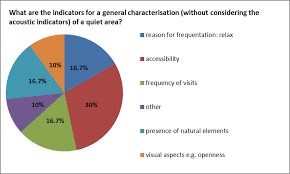











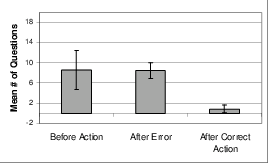


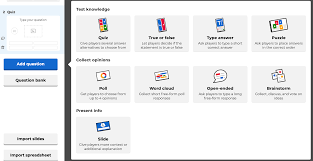


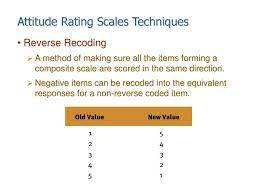
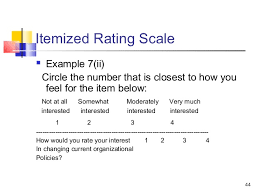

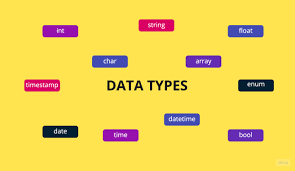

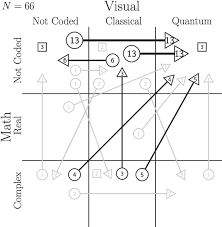

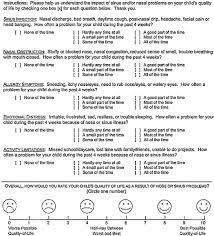


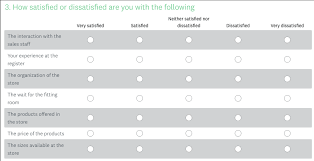




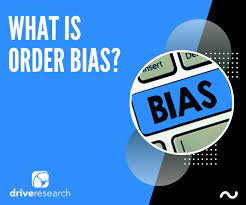

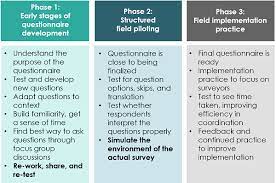





20 Aug 2021
20 Aug 2021
20 Aug 2021
20 Aug 2021
20 Aug 2021
20 Aug 2021